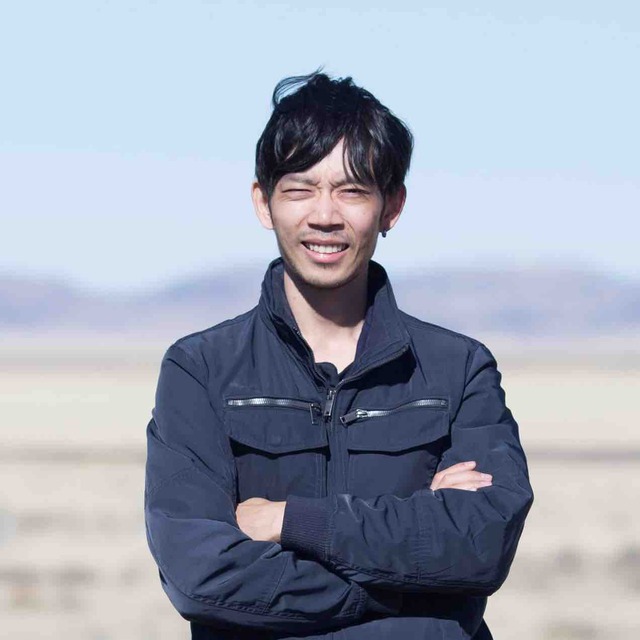November
2018
•
2018ApJ...867..150M
Authors
•
Morishita, T.
•
Trenti, M.
•
Stiavelli, M.
•
Bradley, L. D.
•
Coe, D.
•
Oesch, P. A.
•
Mason, C. A.
•
Bridge, J. S.
•
Holwerda, B. W.
•
Livermore, R. C.
•
Salmon, B.
•
Schmidt, K. B.
•
Shull, J. M.
•
Treu, T.
Abstract
•
We present a full data analysis of the pure-parallel Hubble Space Telescope (HST) imaging observations in the Brightest of Reionizing Galaxies Survey (BoRG[z9]) in Cycle 22. The medium-deep exposures with five HST/WFC3IR+UVIS filter bands from 79 independent sightlines (∼370 arcmin2) provide the least biased determination of number density for z ≳ 9 bright galaxies against cosmic variance. After a strict two-step selection for candidate galaxies, including dropout color and photometric redshift analyses, and revision of previous BoRG candidates, we identify one source at z ∼ 10 and two sources at z ∼ 9. The z ∼ 10 candidate shows evidence of line-of-sight lens magnification (μ ∼ 1.5), yet it appears surprisingly luminous ({M}UV}∼ -22.6+/- 0.3 mag), making it one of the brightest candidates at z> 8 known (∼0.3 mag brighter than the z = 8.68 galaxy EGSY8p7, spectroscopically confirmed by Zitrin and collaborators). For z ∼ 9 candidates, we include previous data points at fainter magnitudes and find that the data are well fitted by a Schechter luminosity function with α =-{2.1}-0.3+0.3, {M}UV}* =-{21.0}-1.4+0.7 mag, and {log}{φ }* =-{4.2}-0.9+0.6 Mpc-3 mag-1, for the first time without fixing any parameters. The inferred cosmic star formation rate density is consistent with unaccelerated evolution from lower redshift.
Links




